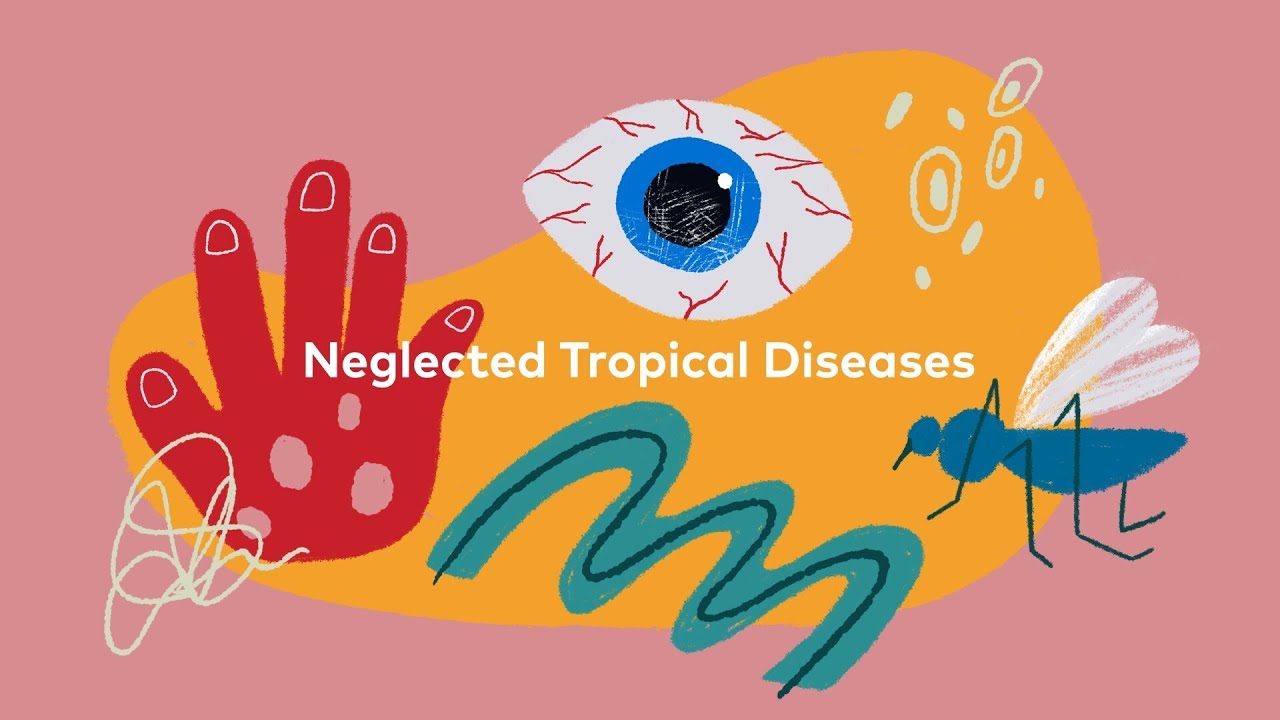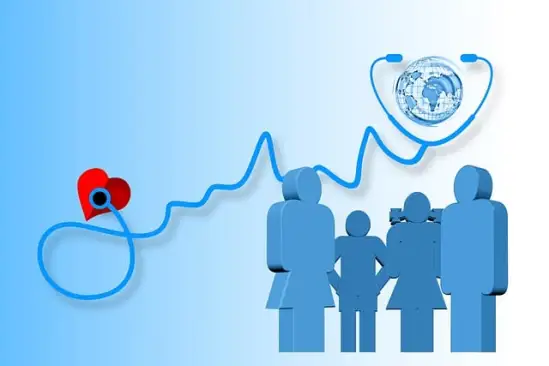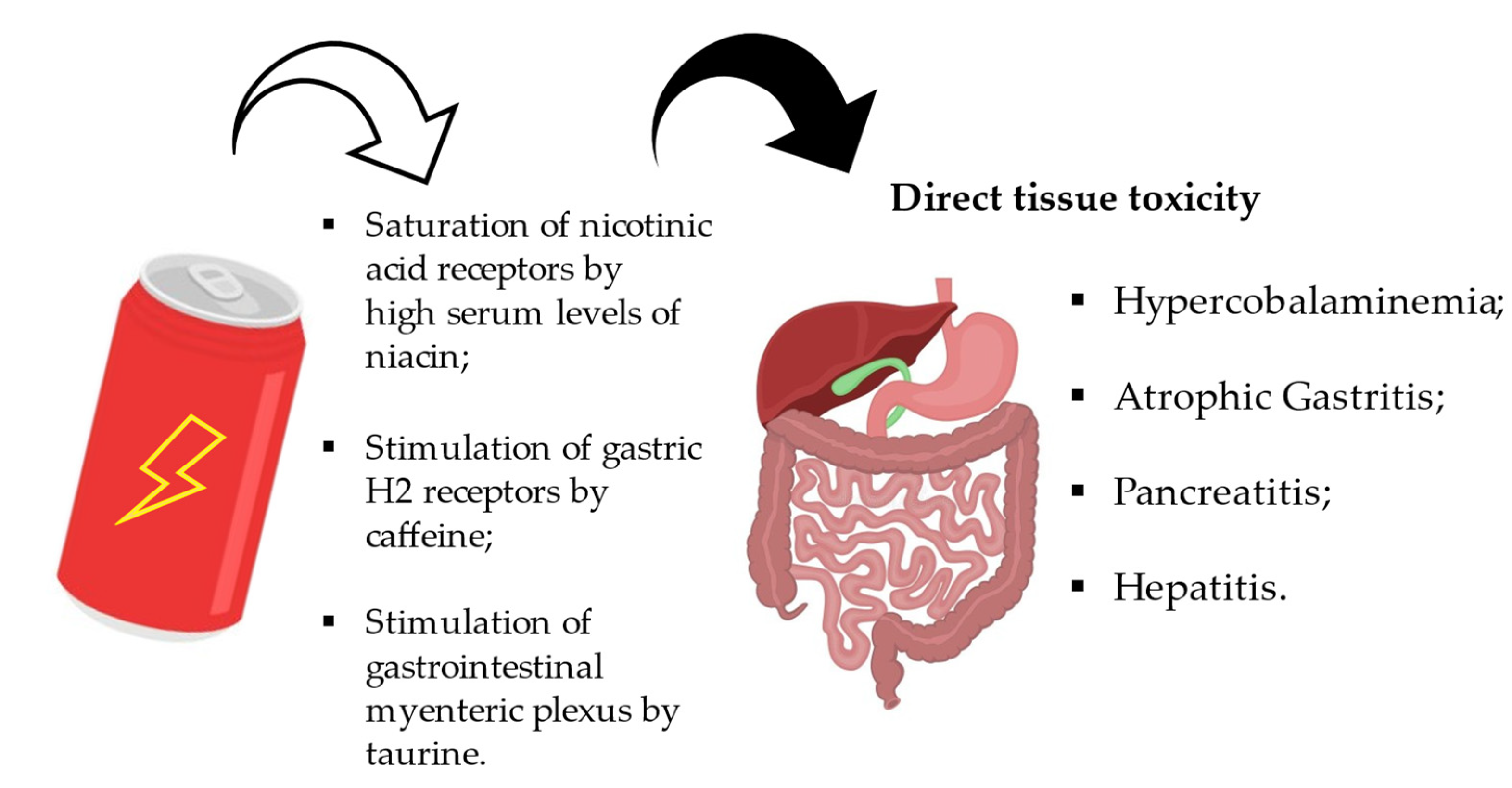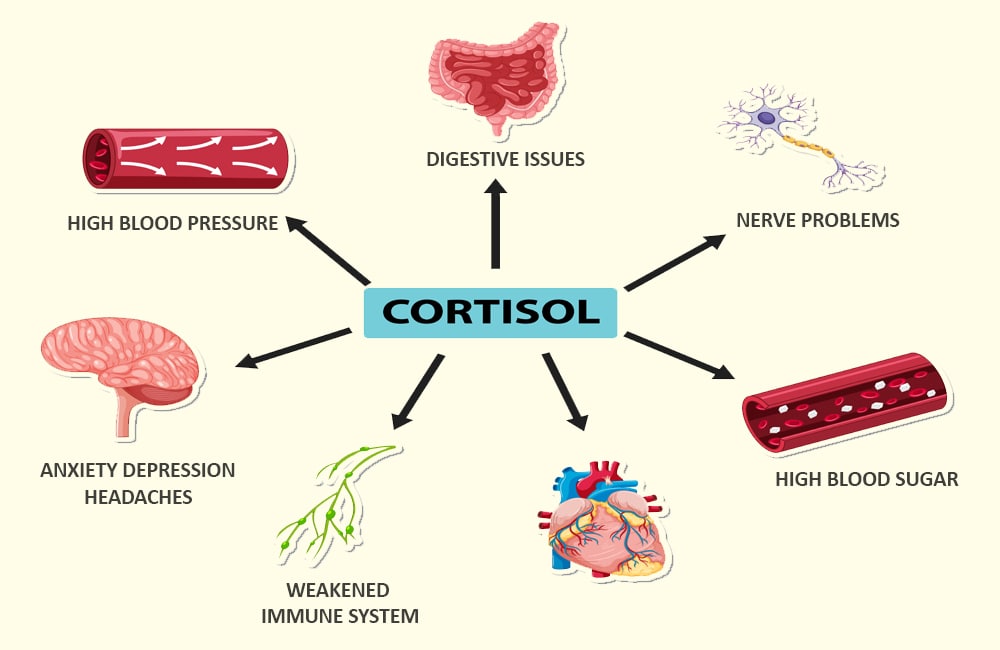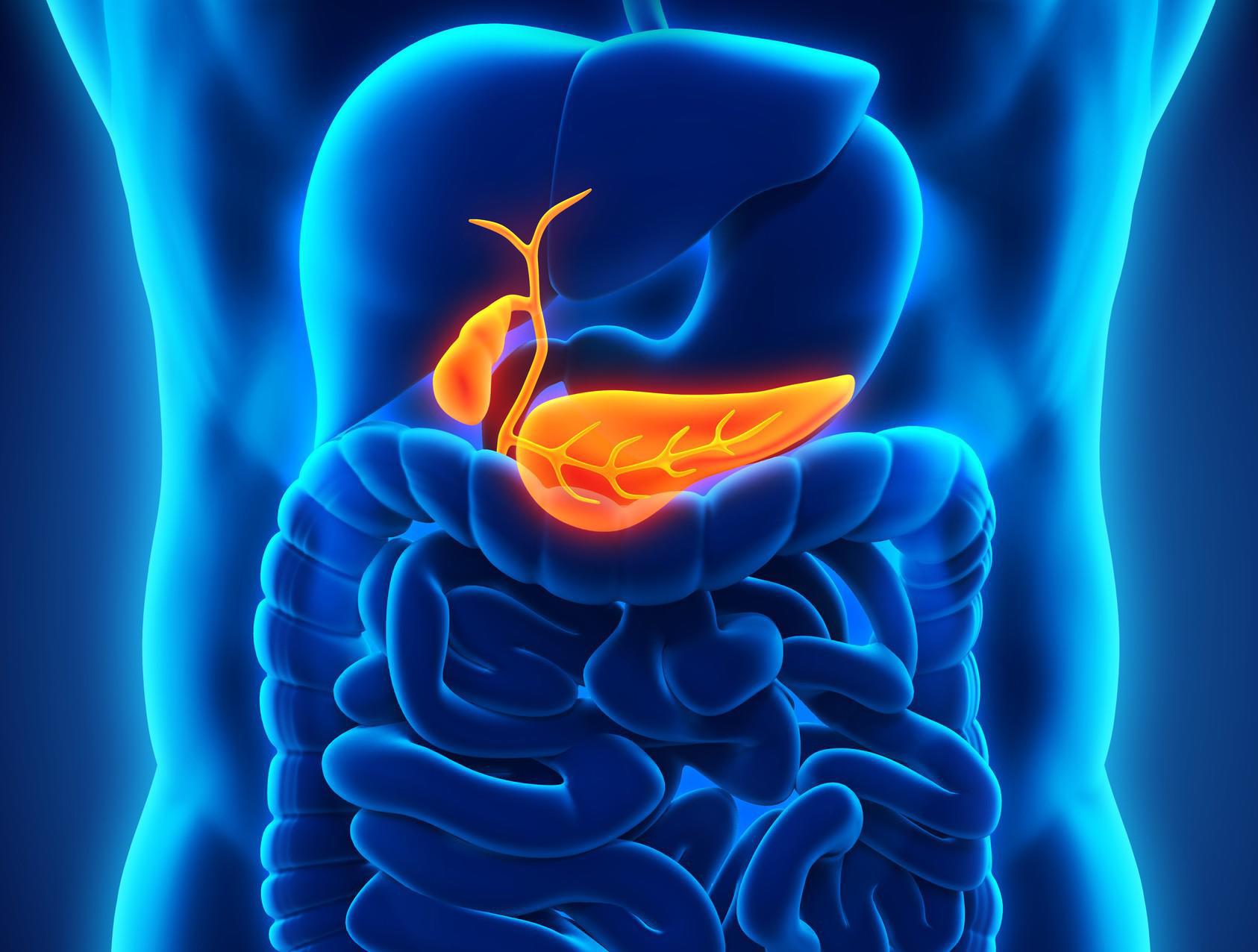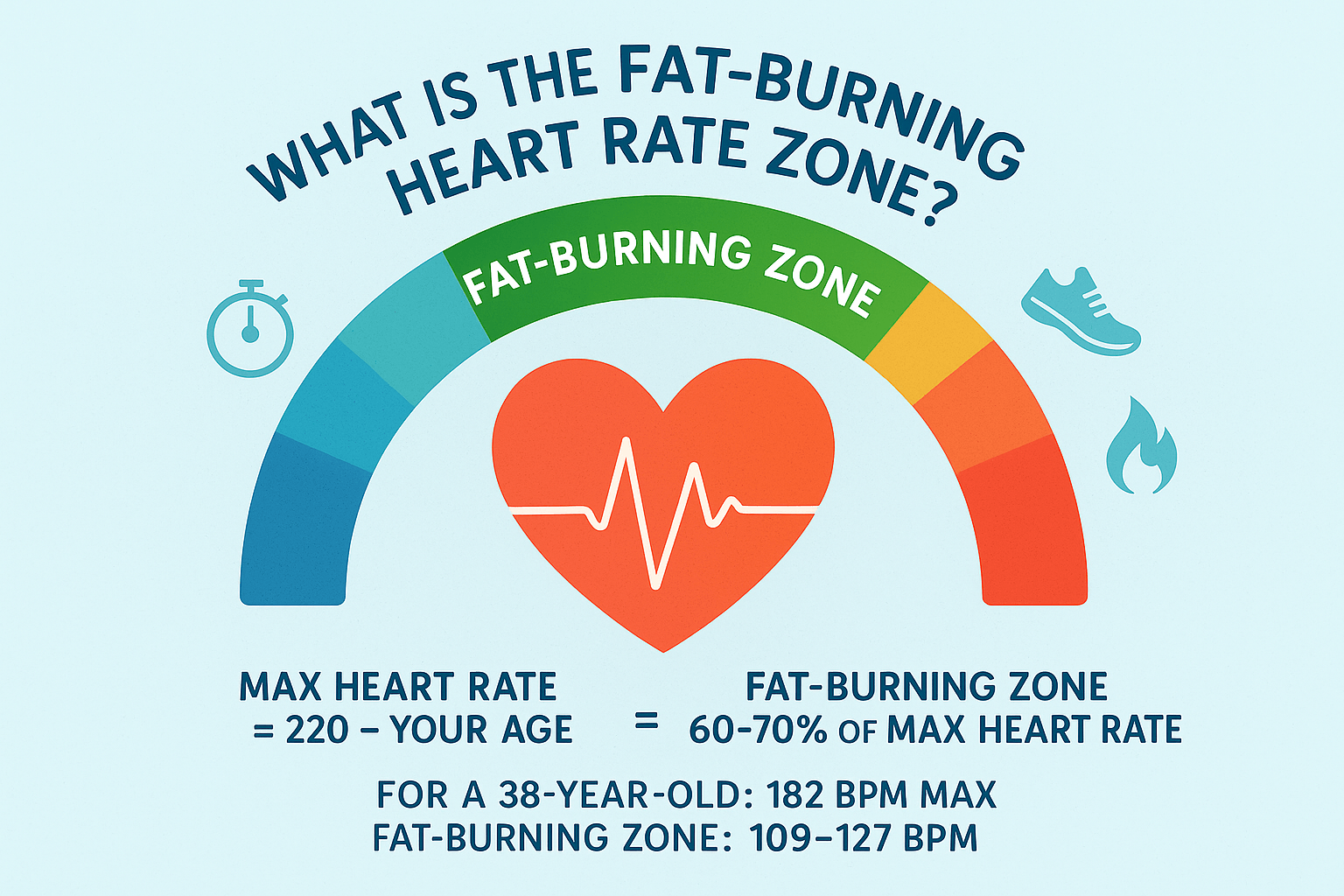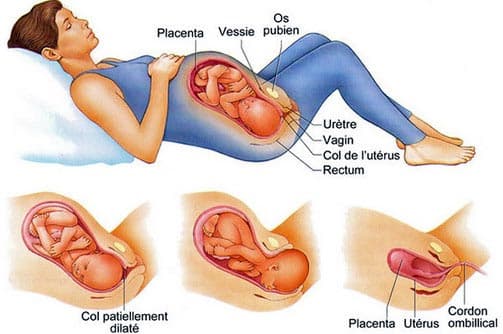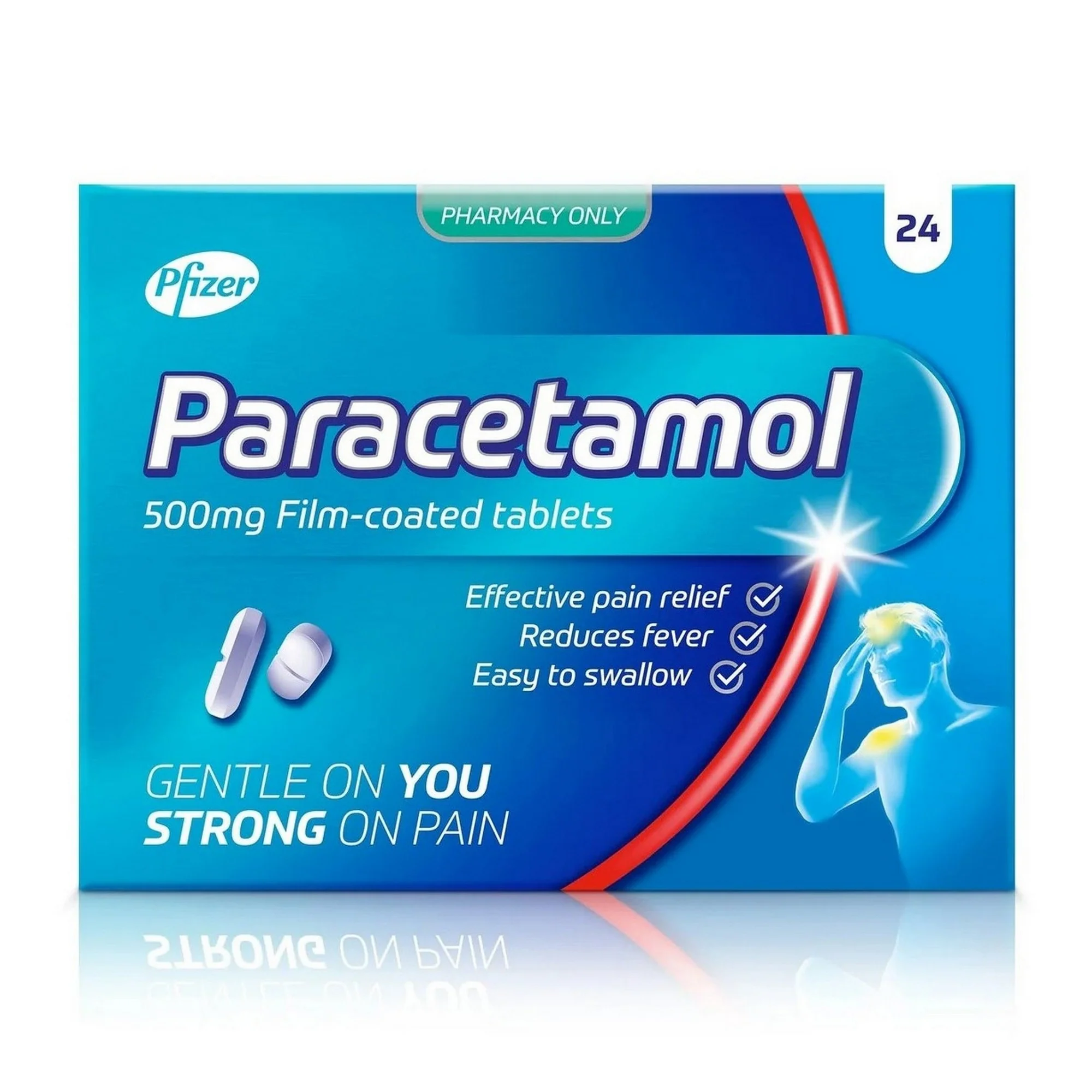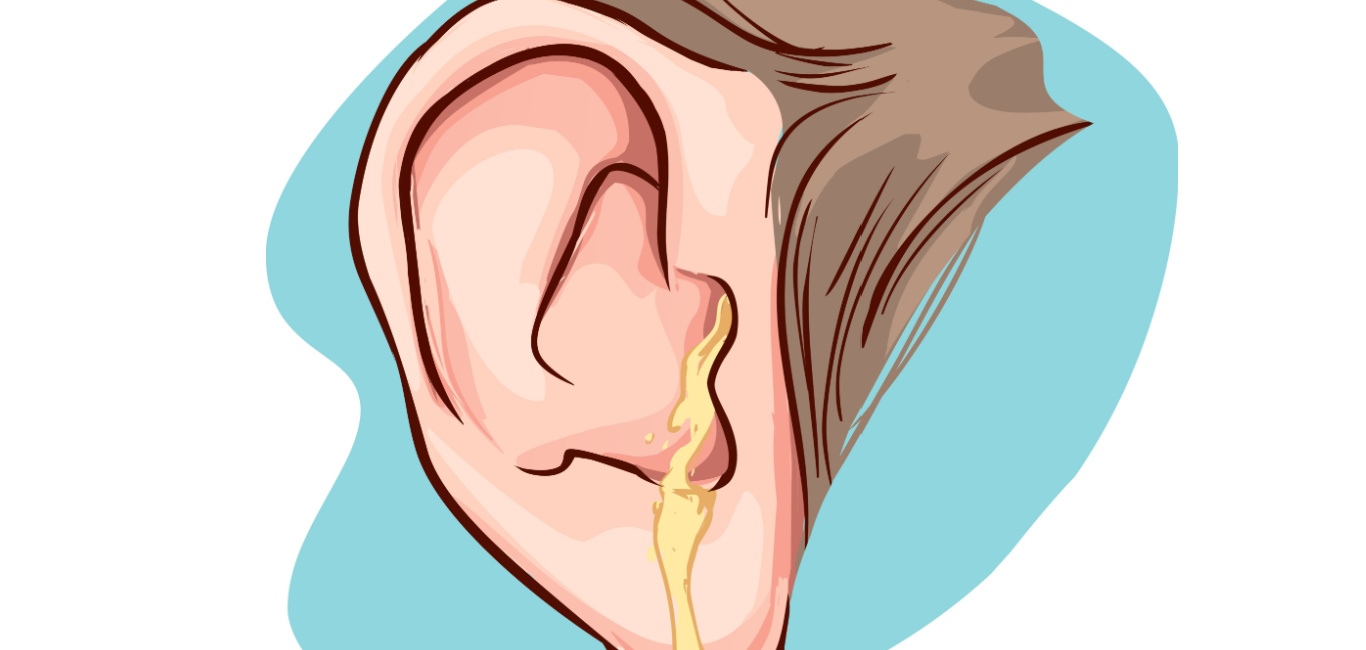What are some of the The Top 10 Neglected Tropical Diseases in 2025: Global Burden, Challenges, and Pathways to Elimination ? Neglected tropical diseases (NTDs) are a diverse group of bacterial, parasitic, viral, and fungal infections that primarily afflict the world’s poorest and most marginalized populations. Despite their profound impact—affecting approximately 1.65 billion people globally and causing hundreds of thousands of deaths each year—NTDs receive disproportionately low attention and funding compared to diseases with similar burdens. In 2025, as we strive toward the Sustainable Development Goals and the WHO’s 2030 NTD Roadmap, understanding the landscape of the top NTDs is critical for guiding public health priorities, resource allocation, and community engagement.
This article delves into the top 10 neglected tropical diseases in 2025, examining their global burden, modes of transmission, clinical manifestations, control strategies, and the challenges that remain. By highlighting these diseases—soil-transmitted helminthiases, schistosomiasis, dengue, lymphatic filariasis, onchocerciasis, Chagas disease, leishmaniasis, trachoma, rabies, and leprosy—we aim to raise awareness, foster collaboration, and chart pathways toward elimination.
Global Burden of Neglected Tropical Diseases
Collectively, NTDs impose a heavy toll on health, education, and economic productivity. They perpetuate a vicious cycle of poverty and disease by causing chronic disability, disfigurement, stigma, and impaired childhood development. For instance, soil-transmitted helminthiases alone infect over two billion people worldwide, leading to malnutrition, anemia, and impaired cognitive development in children. Similarly, schistosomiasis affects approximately 236.6 million individuals annually, with up to 200,000 deaths per year and 700 million people at risk.
Vector‑borne NTDs such as dengue and onchocerciasis cause acute outbreaks and chronic complications: dengue accounts for 100–400 million infections each year, with a record 12.6 million cases and 7,700 deaths reported in the Americas in 2024, while onchocerciasis (river blindness) affects an estimated 21 million people, 99% of whom reside in sub‑Saharan Africa.
Beyond infection counts, NTDs contribute substantially to disability-adjusted life years (DALYs). Soil‑transmitted helminthiases, schistosomiasis, lymphatic filariasis, and trachoma alone account for millions of DALYs, underscoring their role as leading causes of chronic disability in endemic regions. Addressing these diseases is not only a moral imperative but also a strategic investment in global health equity and economic development.
1. Soil‑Transmitted Helminthiases
Overview and Epidemiology
Soil‑transmitted helminthiases (STH) encompass infections by Ascaris lumbricoides, Trichuris trichiura, and hookworms (Necator americanus, Ancylostoma duodenale). These geohelminths infect the intestines via ingestion of eggs from contaminated soil, water, or produce, predominantly in areas with inadequate sanitation and hygiene
Global Burden
Approximately 2 billion people harbor STH infections, with 876 million school‑age children requiring preventive chemotherapy in 2023. The heaviest burdens fall on sub‑Saharan Africa, South Asia, and parts of Latin America, where open defecation and limited access to clean water prevail.
Clinical Impact
STH infections lead to malnutrition, iron‑deficiency anemia, growth retardation, and impaired cognitive development in children. Heavy hookworm burdens can cause chronic blood loss, exacerbating anemia and maternal mortality risks during pregnancy.
Control Strategies
-
Preventive chemotherapy: Annual or biannual mass drug administration (MDA) of albendazole or mebendazole to at‑risk populations.
-
WASH interventions: Improvements in water, sanitation, and hygiene reduce environmental transmission.
-
Health education: Community engagement to promote latrine use and handwashing.
Challenges and Future Directions
Sustainable control requires integrating MDA with WASH, ensuring drug efficacy in the face of emerging resistance, and addressing the social determinants of infection. Novel diagnostics and vaccines under development may bolster elimination efforts.
2. Schistosomiasis
Overview and Epidemiology
Schistosomiasis, caused by trematode worms (Schistosoma spp.), is transmitted when larval cercariae penetrate the skin during contact with contaminated freshwater. Major species include S. haematobium (urogenital) and S. mansoni (intestinal).
Global Burden
In 2019, 236.6 million people required preventive treatment, and 250 million are infected annually, with 4.5 million DALYs lost and up to 200,000 deaths per year. Over 700 million people live in endemic areas, primarily in sub‑Saharan Africa, Asia, and South America.
Clinical Impact
Chronic infection leads to hematuria, bladder cancer, hepatic fibrosis, portal hypertension, and stunted growth in children. Female genital schistosomiasis increases susceptibility to HIV.
Control Strategies
-
MDA with praziquantel: Annual or biannual treatment of at‑risk groups.
-
Snail control and environmental management: Reducing intermediate host populations.
-
Safe water and sanitation: Preventing cercarial exposure.
Challenges and Future Directions
Achieving elimination requires high MDA coverage, addressing hotspots of persistent transmission, and integrating schistosomiasis control with broader health and development programs. Research into vaccines and novel snail control methods continues.
3. Dengue
Overview and Epidemiology
Dengue is a mosquito‑borne viral infection transmitted primarily by Aedes aegypti and, increasingly, Aedes albopictus. There are four serotypes, and secondary infections can lead to severe dengue (hemorrhagic fever, shock).
Global Burden
Annually, 100–400 million infections occur, with 100 million symptomatic cases, 20,000–25,000 deaths, and a record 12.6 million cases in the Americas in 2024. Approximately 4 billion people live in dengue‑risk areas.
Clinical Impact
Symptoms range from mild febrile illness to life‑threatening plasma leakage, bleeding, and organ impairment. Children and the elderly are particularly vulnerable.
Control Strategies
-
Vector control: Source reduction, insecticide spraying, community clean‑up campaigns.
-
Personal protection: Repellents, window screens, protective clothing.
-
Vaccination: A dengue vaccine (Dengvaxia) licensed in some endemic countries, with others under development.
Challenges and Future Directions
Climate change, urbanization, and insecticide resistance complicate control. Integrated vector management, novel biocontrol methods (e.g., Wolbachia), and next‑generation vaccines are key priorities.
4. Lymphatic Filariasis
Overview and Epidemiology
Lymphatic filariasis (LF), or elephantiasis, is caused by filarial worms (Wuchereria bancrofti, Brugia malayi, B. timori) transmitted by mosquitoes (Culex, Anopheles, Aedes). Chronic infection leads to lymphoedema, elephantiasis, and hydrocele.
Global Burden
In 2023, 657 million people in 39 countries required preventive chemotherapy; 51 million were infected in 2018, a 74% decline since 2000. 36 million individuals live with chronic manifestations.
Clinical Impact
Late‑stage disease causes severe disability, social stigma, and economic loss. Acute dermatolymphangioadenitis episodes further impair quality of life.
Control Strategies
-
MDA: Annual treatment with albendazole plus ivermectin or diethylcarbamazine, tailored to co‑endemicity.
-
Morbidity management: Hygiene, limb care, hydrocele surgery.
-
Vector control: Insecticide‑treated nets and indoor residual spraying.
Challenges and Future Directions
Completing MDA in remaining endemic areas, scaling up morbidity management, and strengthening surveillance are critical. Innovations in diagnostics and novel drug regimens may accelerate elimination.
5. Onchocerciasis
Overview and Epidemiology
Onchocerciasis (“river blindness”) is caused by Onchocerca volvulus, transmitted by blackflies (Simulium spp.) breeding in fast‑flowing rivers. Microfilariae migrate to skin and eyes, causing itching and blindness.
Global Burden
An estimated 21 million people are infected, with over 99% of cases in 31 sub‑Saharan African countries. Skin disease and visual impairment affect millions.
Clinical Impact
Chronic itching, skin depigmentation, and visual impairment, including permanent blindness, lead to reduced productivity and social exclusion.
Control Strategies
-
Ivermectin MDA: Annual community‑directed treatment has drastically reduced transmission.
-
Vector control: Larviciding of breeding sites.
-
Surveillance and mapping: To guide stopping MDA and confirm elimination.
Challenges and Future Directions
Sustaining high MDA coverage for the 10–12‑year adult worm lifespan, addressing conflict‑affected areas, and verifying elimination in Africa are major hurdles. Novel diagnostics and vaccine research (TOVA) are underway.
6. Chagas Disease
Overview and Epidemiology
Chagas disease (American trypanosomiasis) is caused by Trypanosoma cruzi, transmitted by triatomine bugs (“kissing bugs”), congenitally, via transfusion, transplantation, and orally.
Global Burden
Over 7 million people are infected worldwide, predominantly in Latin America, with 10,000 deaths annually and 100 million at risk.
Clinical Impact
Acute infection is often asymptomatic; chronic disease leads to cardiomyopathy, megaesophagus, megacolon, and sudden cardiac death.
Control Strategies
-
Vector control: Housing improvements, insecticide spraying.
-
Screening and treatment: Benznidazole or nifurtimox in acute and early chronic phases.
-
Blood and organ screening: To prevent transfusional and transplant transmission.
Challenges and Future Directions
Access to diagnostics and treatment remains limited. Research into safer drugs, pediatric formulations, and vaccines is vital. Expanding surveillance beyond Latin America to address imported cases is also critical.
7. Leishmaniasis
Overview and Epidemiology
Leishmaniasis comprises visceral (VL), cutaneous (CL), and mucocutaneous (MCL) forms, caused by Leishmania parasites transmitted by female phlebotomine sandflies.
Global Burden
Annually, 700,000–1 million new cases occur (50,000–90,000 VL; 600,000–1 million CL), with over 1 billion people at risk in 99 endemic countries.
Clinical Impact
-
VL (kala‑azar): Fatal if untreated; fever, splenomegaly, anemia.
-
CL: Skin ulcers causing disfigurement and stigma.
-
MCL: Destructive lesions of mucous membranes.
Control Strategies
-
Case detection and treatment: Liposomal amphotericin B for VL; pentavalent antimonials, miltefosine for CL.
-
Vector control: Insecticide spraying, bed nets.
-
Reservoir control: Canine leishmaniasis management in zoonotic areas.
Challenges and Future Directions
Drug toxicity, resistance, and lack of vaccines hamper control. Integrated surveillance, new therapeutics, and diagnostic tools are research priorities.
8. Trachoma
Overview and Epidemiology
Trachoma, caused by Chlamydia trachomatis, is transmitted via ocular/nasal secretions and eye‑seeking flies. Repeated infections lead to conjunctival scarring and trichiasis.
Global Burden
As of 2022, 125 million people live in endemic areas; 21 million have active trachoma, with 2.2 million blind or severely visually impaired and 7.3 million with trichiasis.
Clinical Impact
Chronic conjunctivitis progresses to eyelid scarring, trichiasis, corneal opacity, and irreversible blindness, predominantly affecting women and children.
Control Strategies (SAFE)
-
Surgery: Correct trichiasis.
-
Antibiotics: Mass azithromycin distribution.
-
Facial cleanliness: Hygiene promotion.
-
Environmental improvement: Access to water, sanitation, and fly control.
Challenges and Future Directions
Sustaining SAFE interventions, achieving elimination in the remaining endemic districts, and addressing post‑2025 drug donation commitments are essential.
9. Rabies
Overview and Epidemiology
Rabies is a viral zoonosis causing acute encephalitis, transmitted via bites or scratches from infected animals, primarily dogs. Once clinical symptoms appear, rabies is almost invariably fatal.
Global Burden
Approximately 59,000–60,000 human deaths occur annually, mostly in Africa and Asia, with 40% of victims under 15 years. Over 3 billion people live in rabies‑endemic regions.
Clinical Impact
Initial symptoms include fever and paraesthesia at the wound site, progressing to neurological manifestations, hydrophobia, and death.
Control Strategies
-
Dog vaccination: Achieving ≥70% coverage in canine populations.
-
Post‑exposure prophylaxis (PEP): Wound washing, rabies vaccine, immunoglobulin.
-
Pre‑exposure prophylaxis (PrEP): For high‑risk groups.
Challenges and Future Directions
Improving access to affordable PEP, strengthening dog vaccination campaigns, and implementing One Health approaches are key to achieving “Zero by 30” (zero human rabies deaths by 2030).
10. Leprosy
Overview and Epidemiology
Leprosy (Hansen disease), caused by Mycobacterium leprae, affects skin, peripheral nerves, and mucosa, leading to sensory loss and deformities if untreated.
Global Burden
New cases have declined from >5 million in the 1980s to <200,000 annually today, with 133,802 registered cases in 2021. Over 2–3 million people live with disability due to past infection whowho.
Clinical Impact
Late diagnosis results in neuropathy, clawed hands, foot ulcers, blindness, and stigma, undermining social inclusion and economic opportunity.
Control Strategies
-
Early detection and MDT: Rifampicin, dapsone, clofazimine for 6–12 months.
-
Contact screening and chemoprophylaxis: Single‑dose rifampicin for household contacts.
-
Disability prevention: Nerve function assessment, reconstructive surgery.
Challenges and Future Directions
Eliminating transmission pockets, reducing stigma, and integrating leprosy services into primary health care are priorities. Vaccine research (e.g., LepVax) may offer long‑term solutions.
